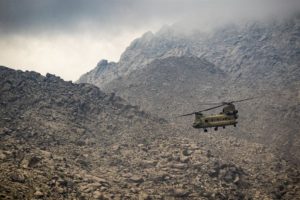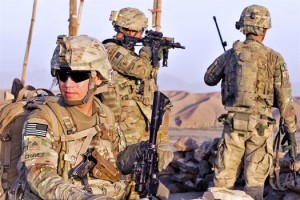My father was a doctor in the British Royal Navy, and I grew up traveling by troop-ship between the last outposts of the British Empire – Trincomalee, Gibraltar, Hong Kong, Malta, Aden, Singapore – and living in and around naval dockyards in England and Scotland.
The British naval bases where I grew up and the fading empire they supported are now part of history. Chatham Dockyard. a working dockyard for over 400 years, is now a museum and tourist attraction. Trincomalee Dockyard, where I was born, has been in the news as a site where the Sri Lankan Navy is accused of torturing and disappearing Tamil prisoners during the Sri Lankan civil war.
Since the late 1970s, I have lived in California and Florida, grappling with the contradictions of U.S. empire like other Americans. The U.S. does not have an internationally recognized territorial empire like the British or Ottoman Empires. American politicians routinely deny that the United States maintains or seeks an empire at all, even as they insist that its interests extend across the entire world, and as its policies impact the lives – and threaten the future – of people everywhere.
So how are we to understand this phenomenon of U.S. empire, which is so central to all our lives and our future, and yet whose structure remains hidden and covert?
Ethnographies of U.S. Empire, co-edited by Carol McGranahan of the University of Colorado and John F. Collins of CUNY, twenty-four anthropologists studied groups of people whose lives are shaped by the U.S. empire and their interactions with it. Their subjects ranged from indigenous peoples in the U.S. and Hawaii to call center workers in the Philippines to the forcibly exiled people of Diego Garcia.
…click on the above link to read the rest of the article…










